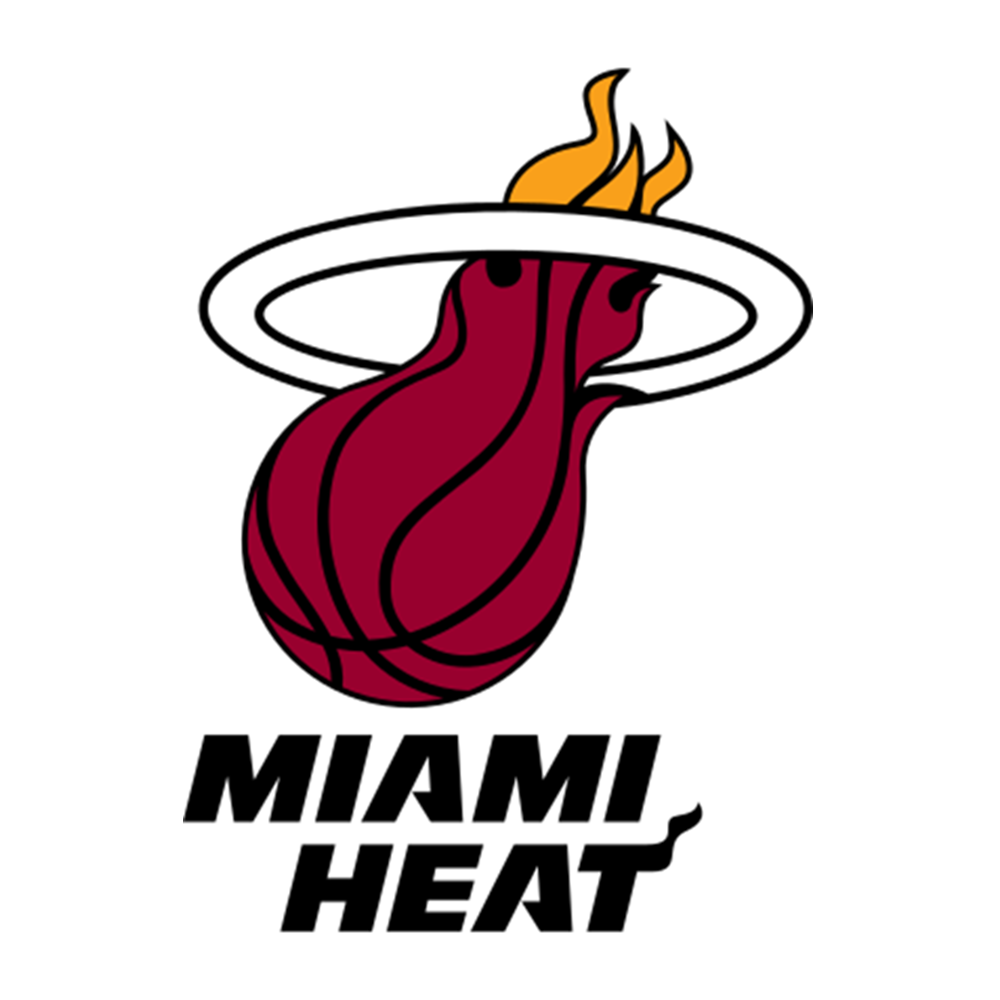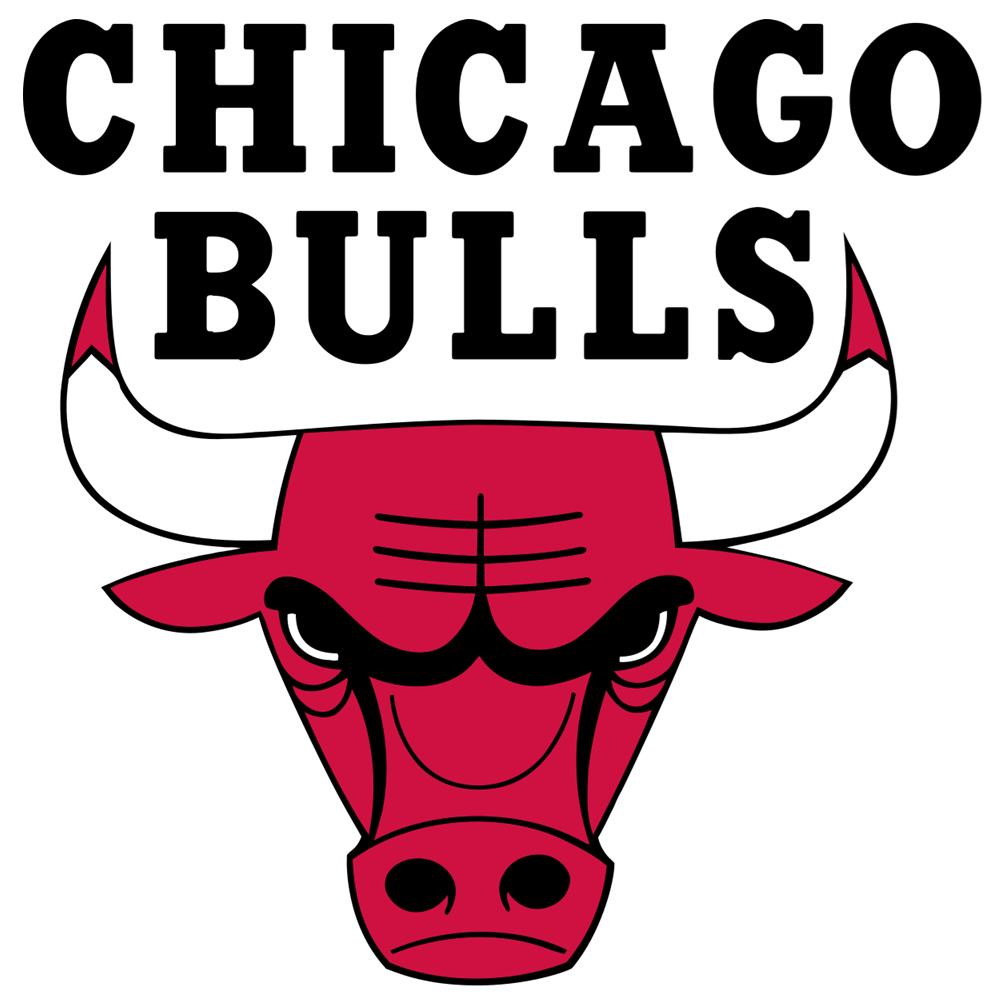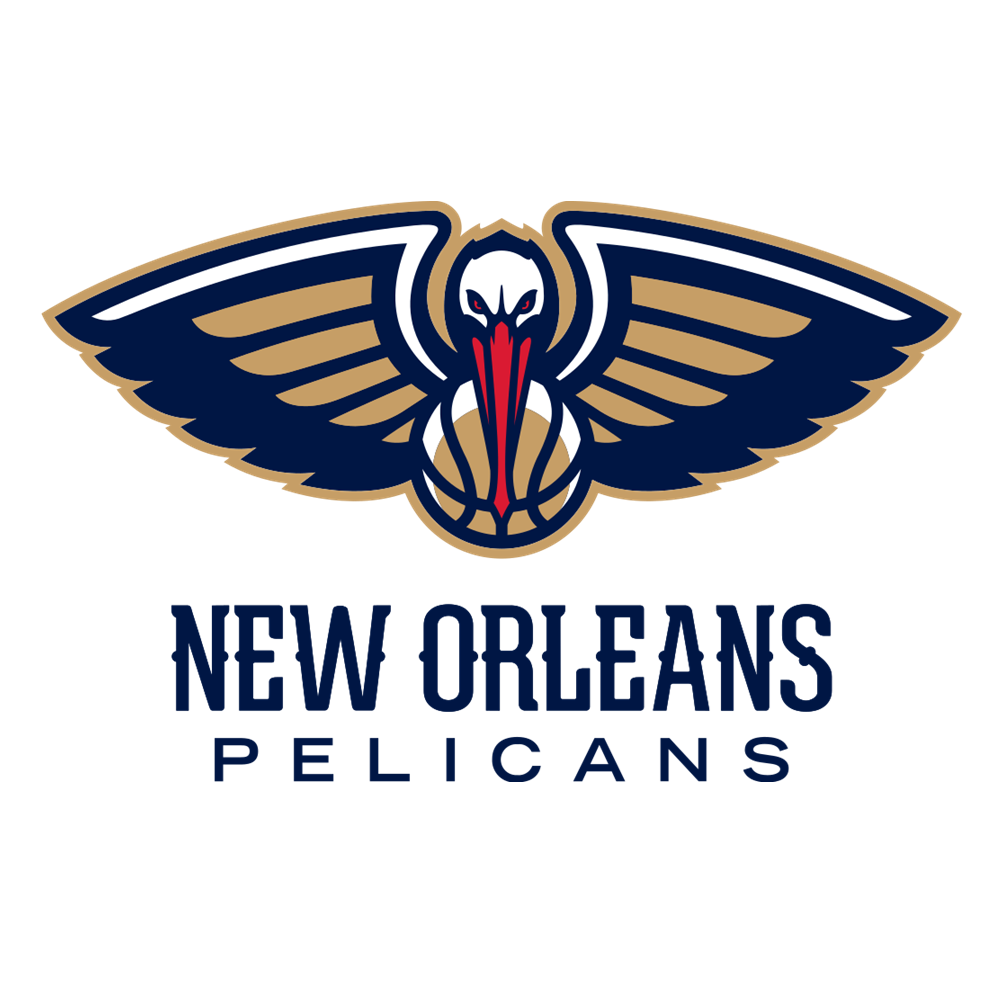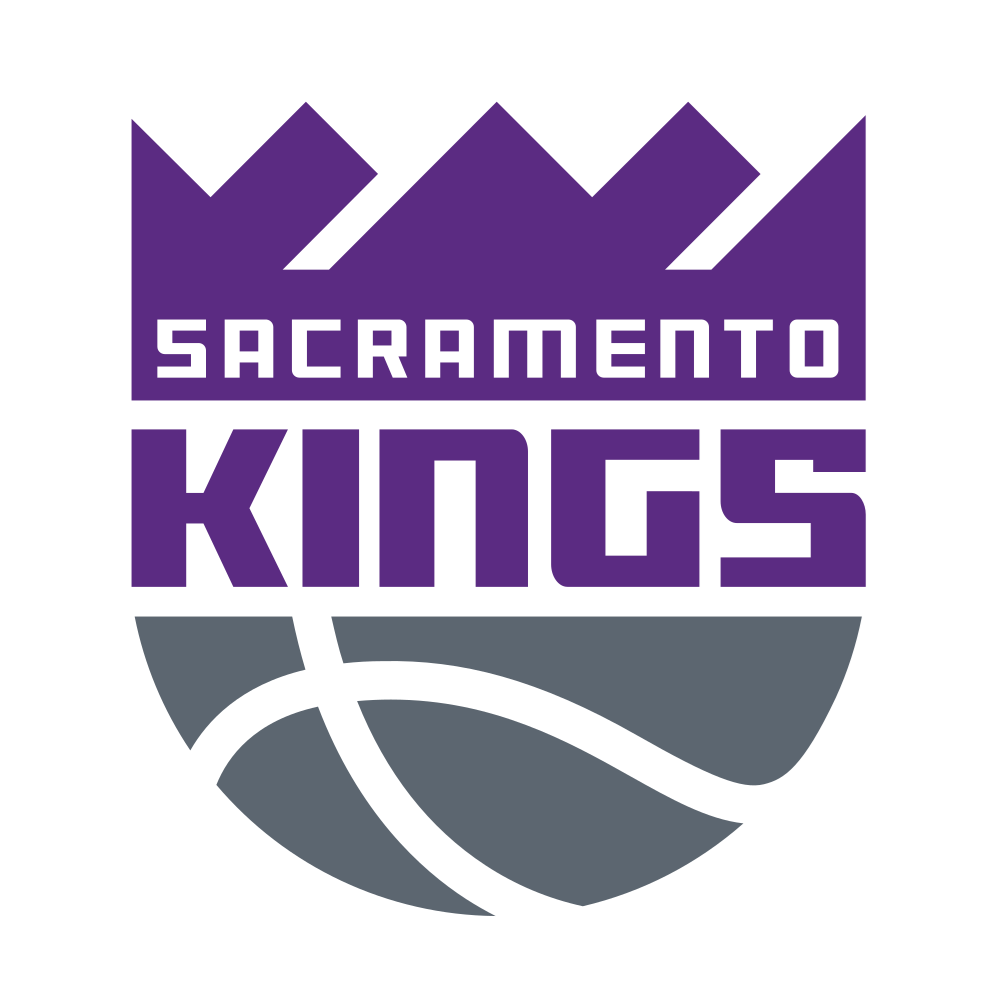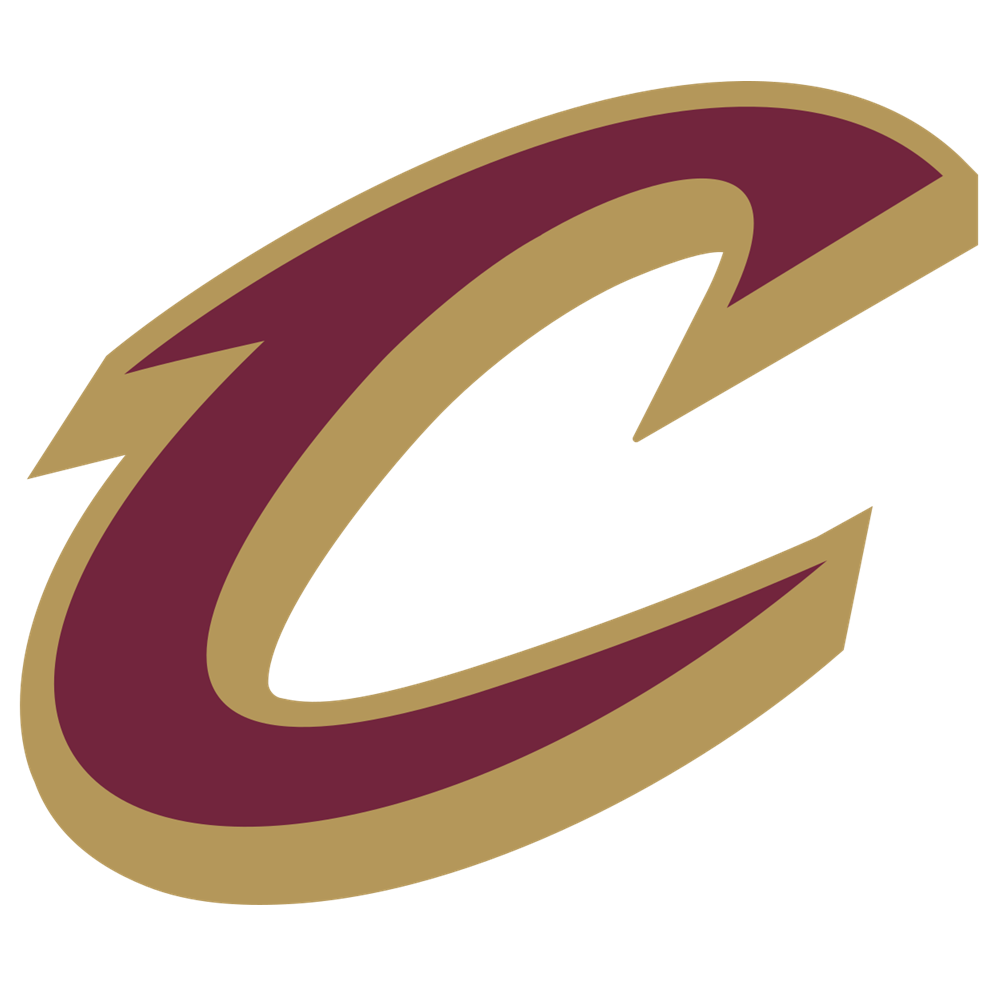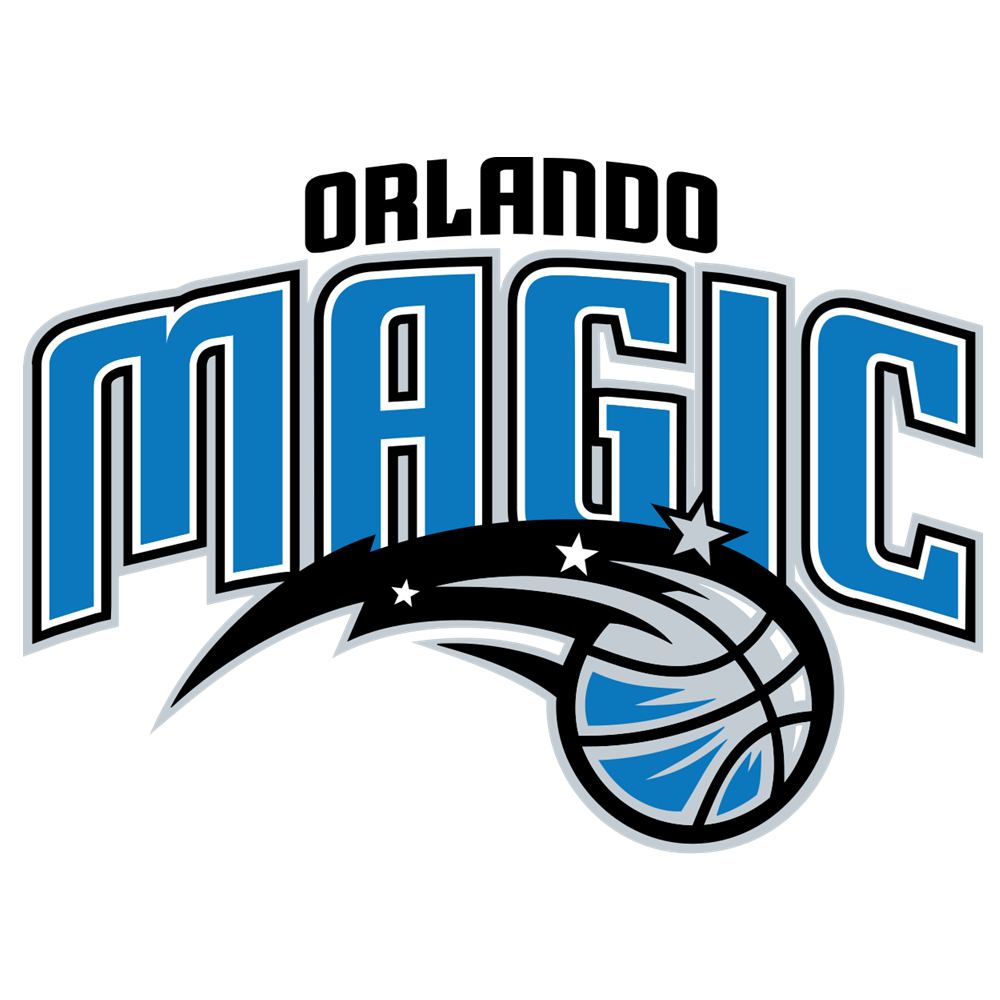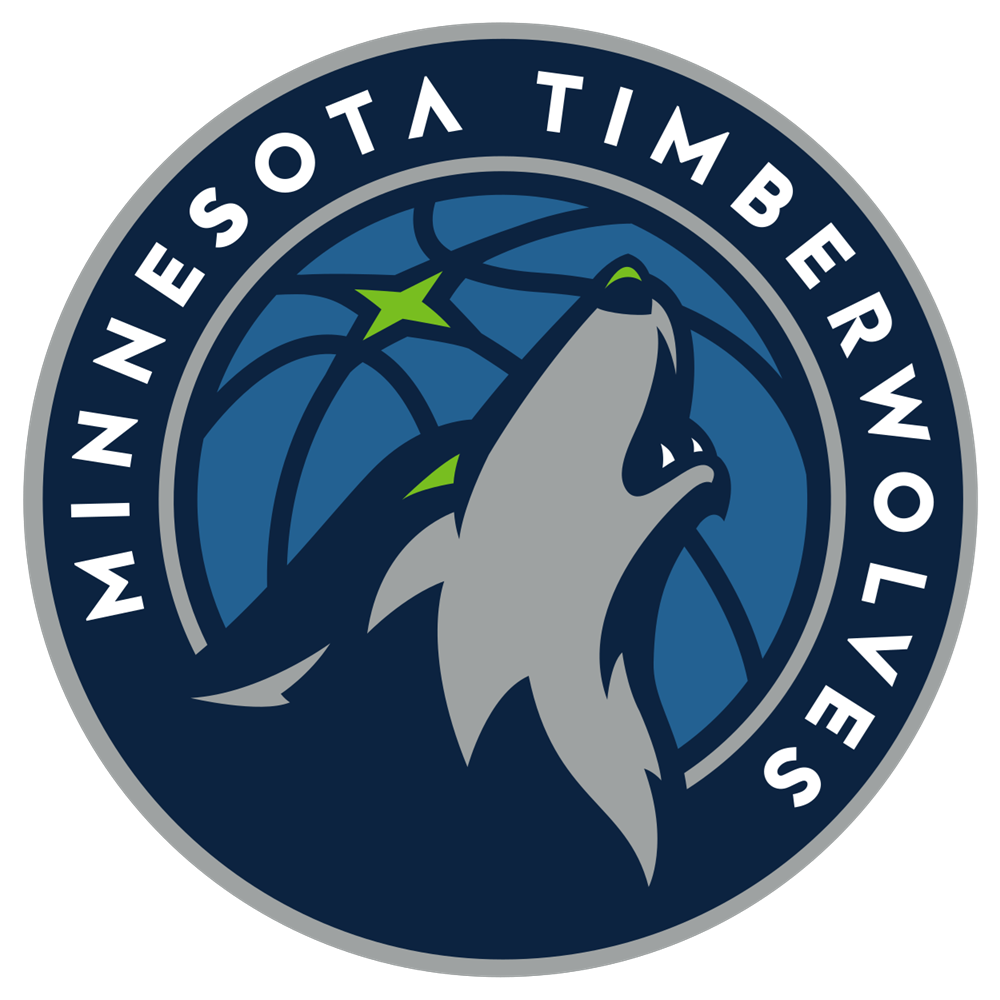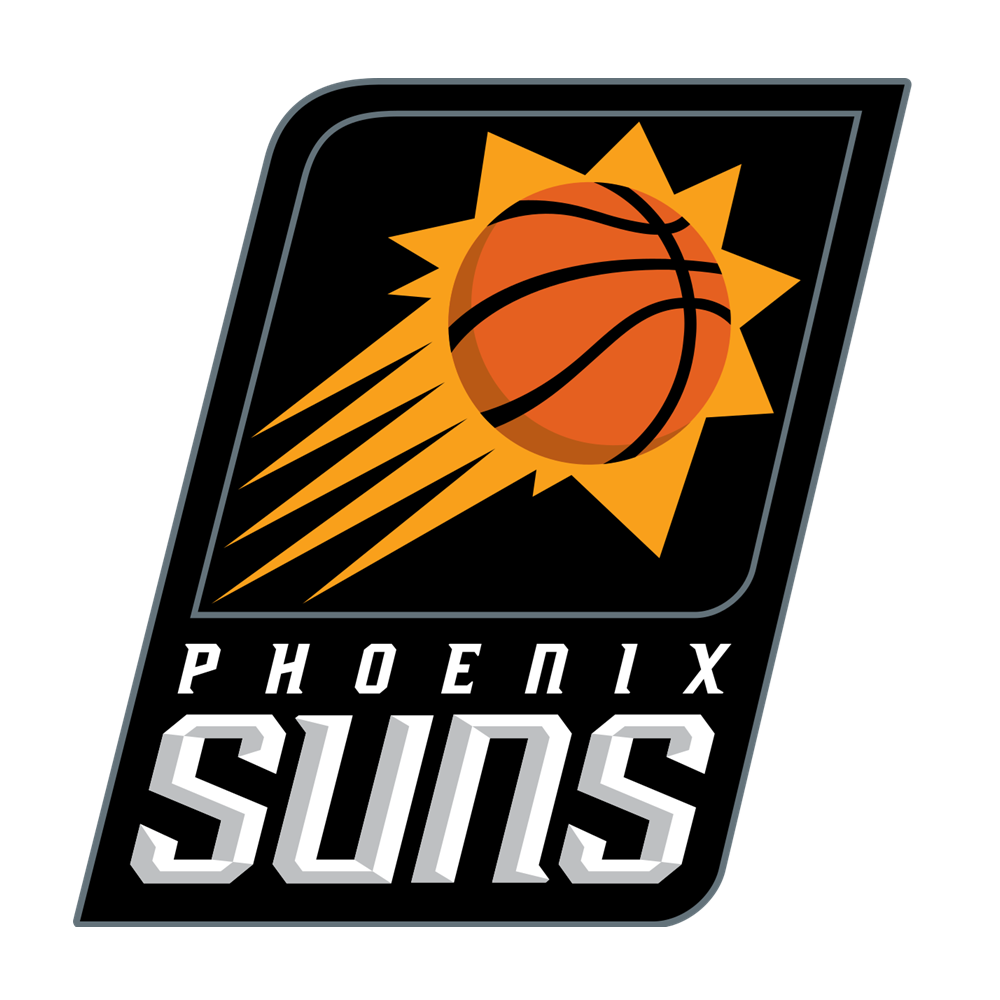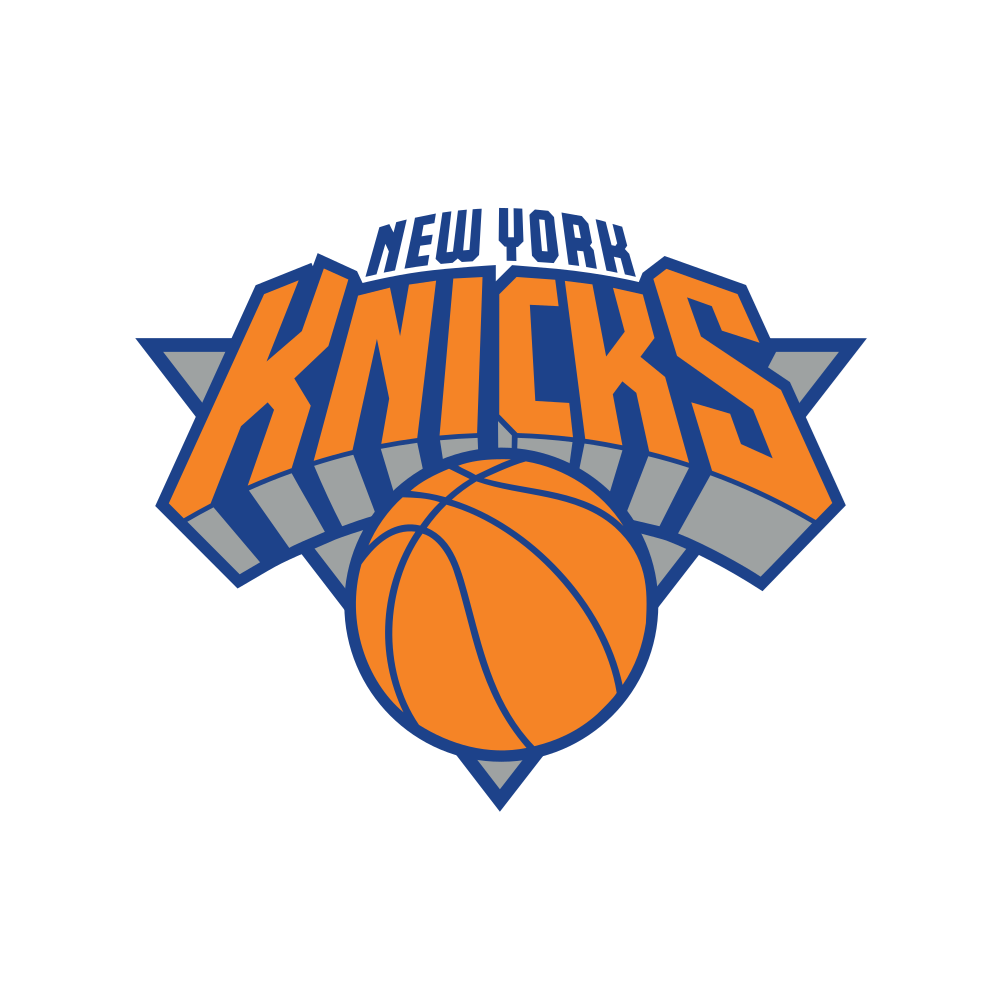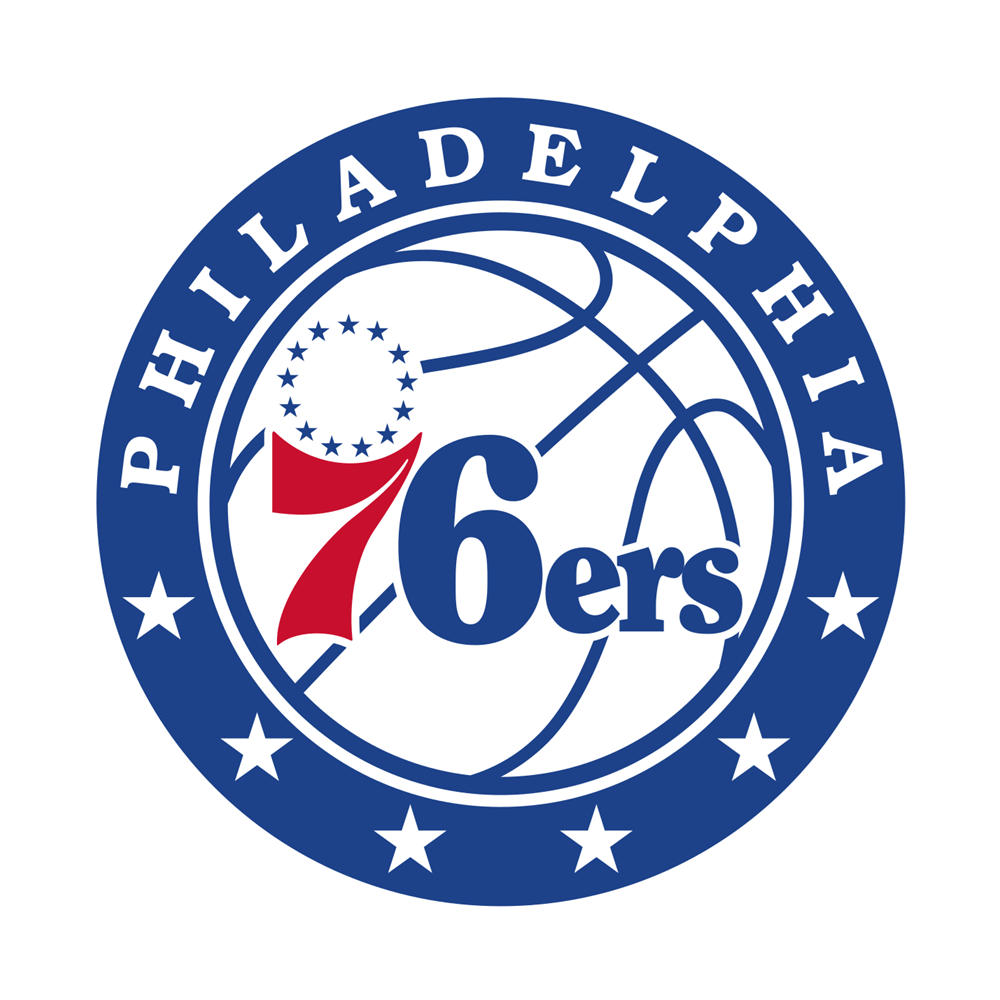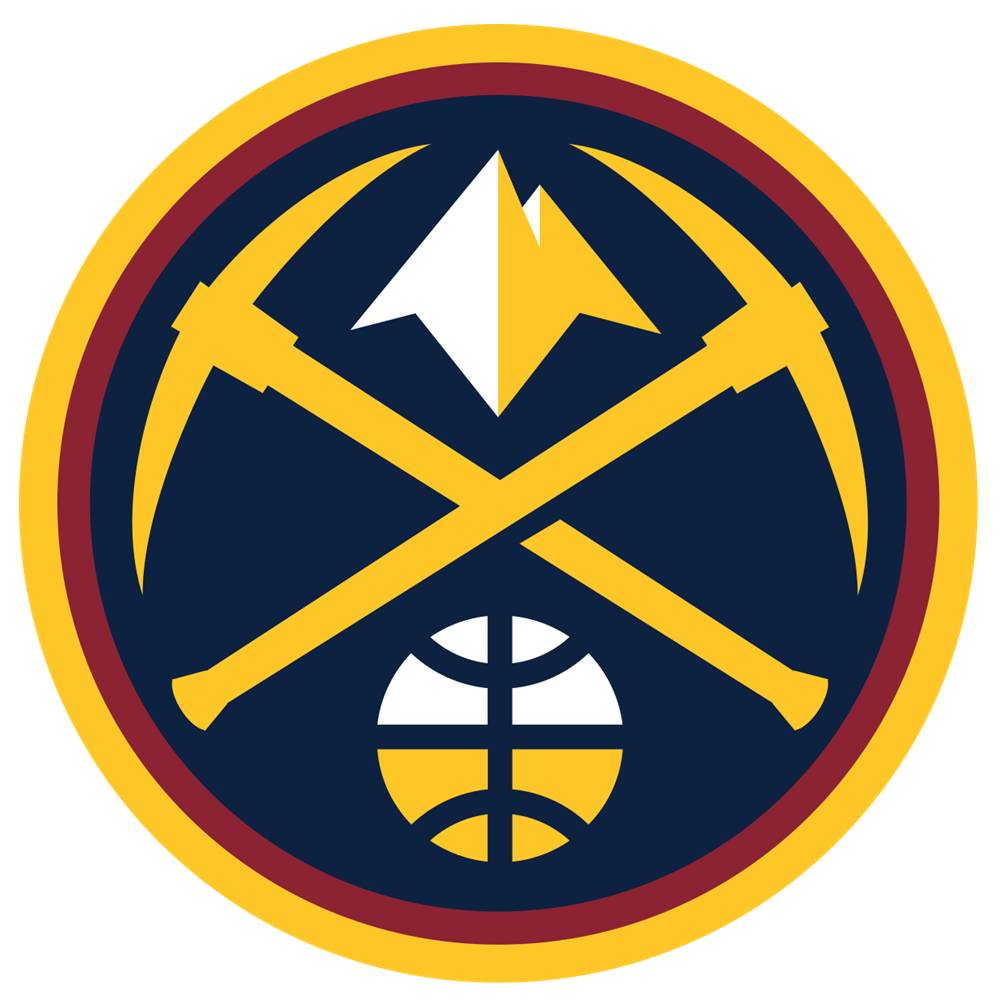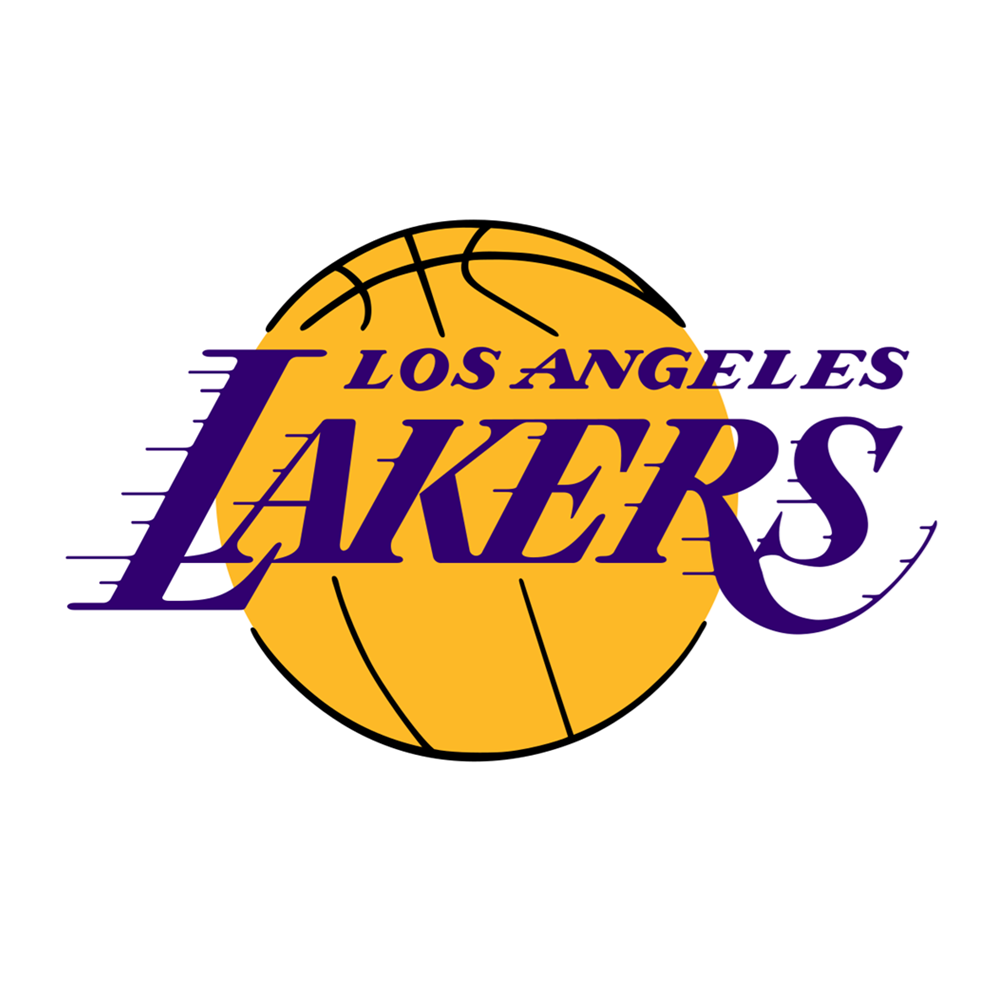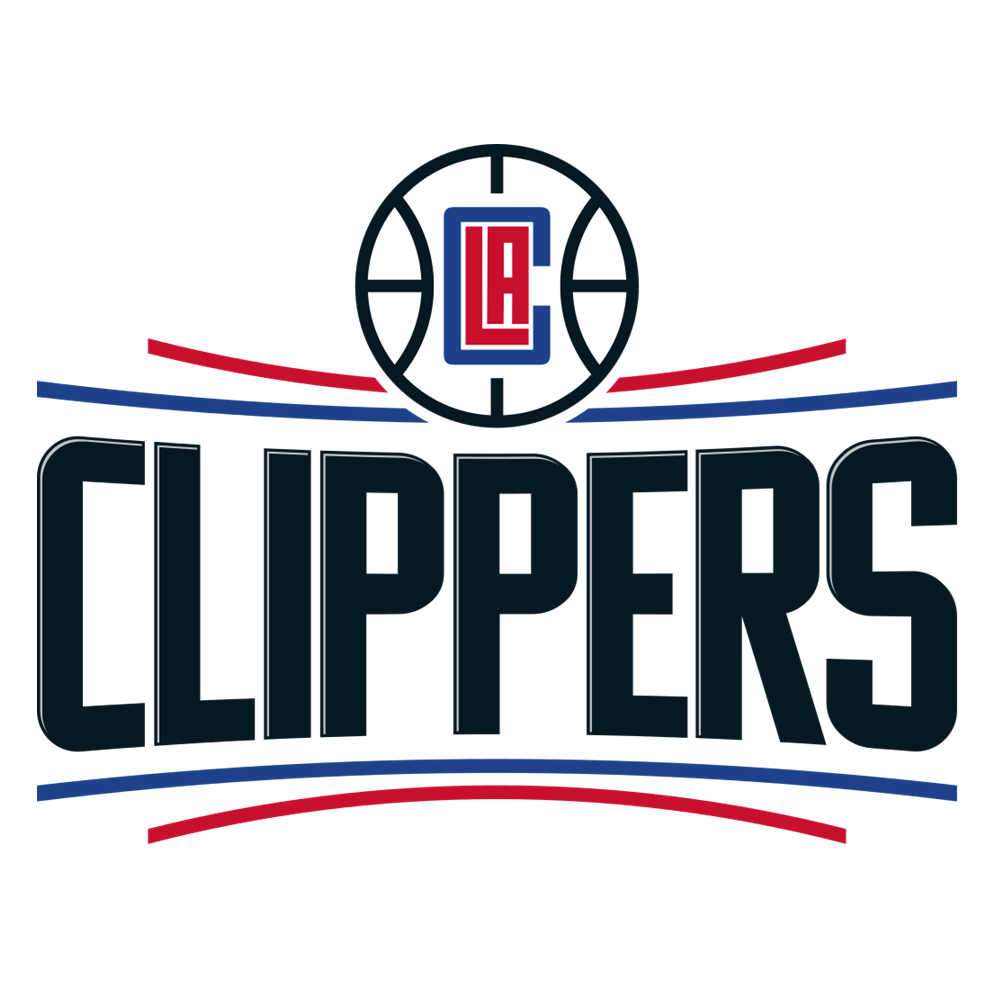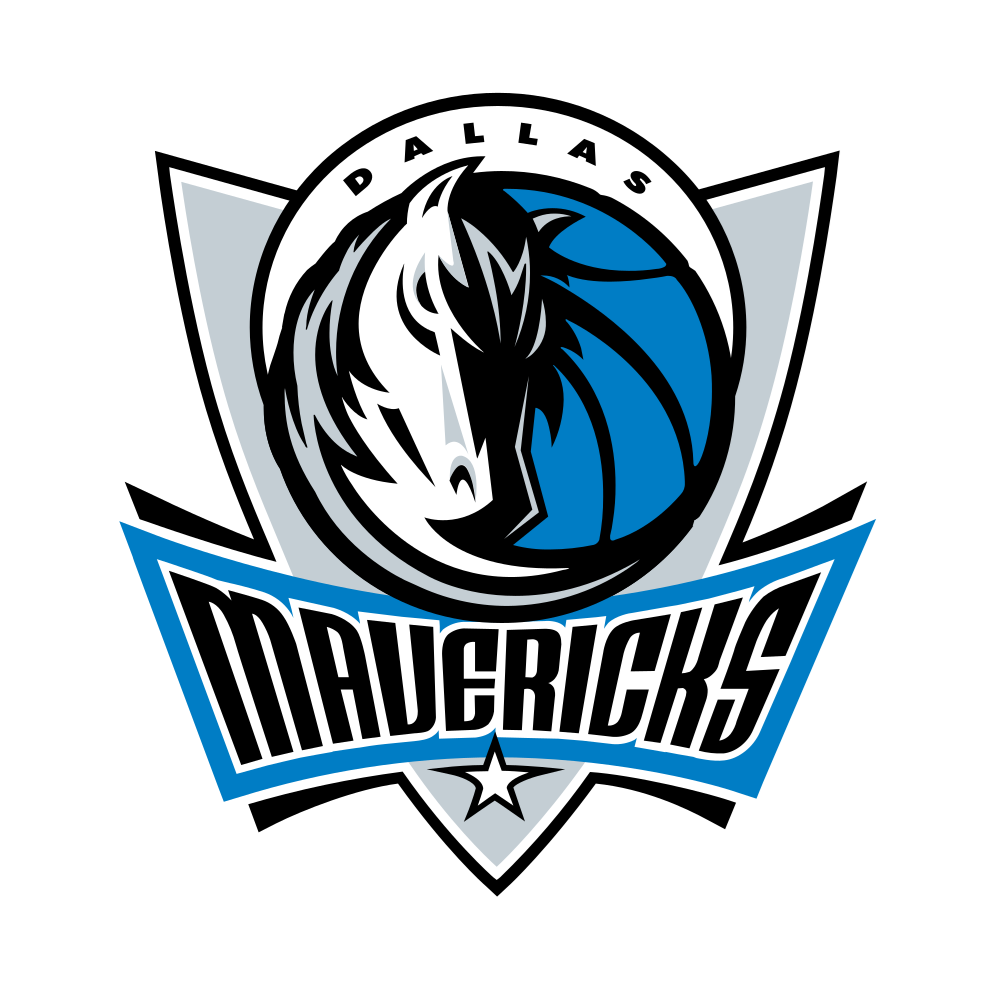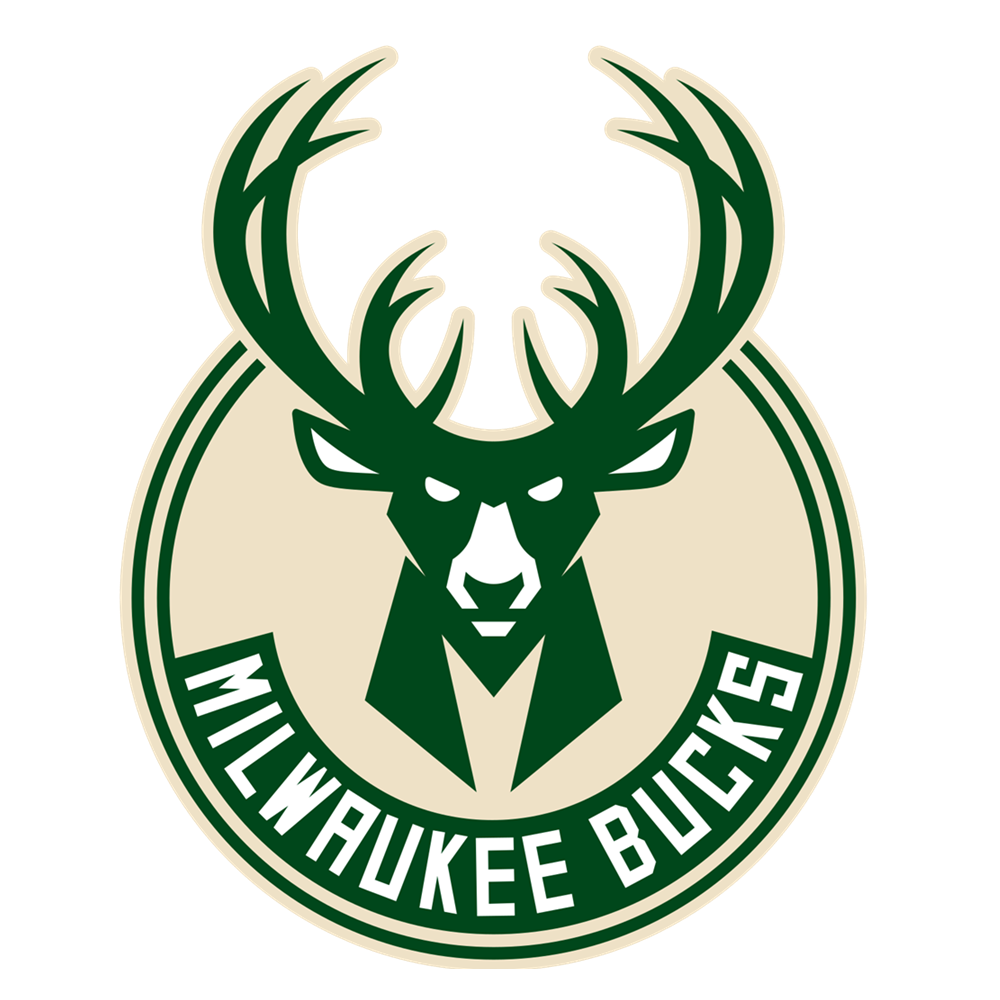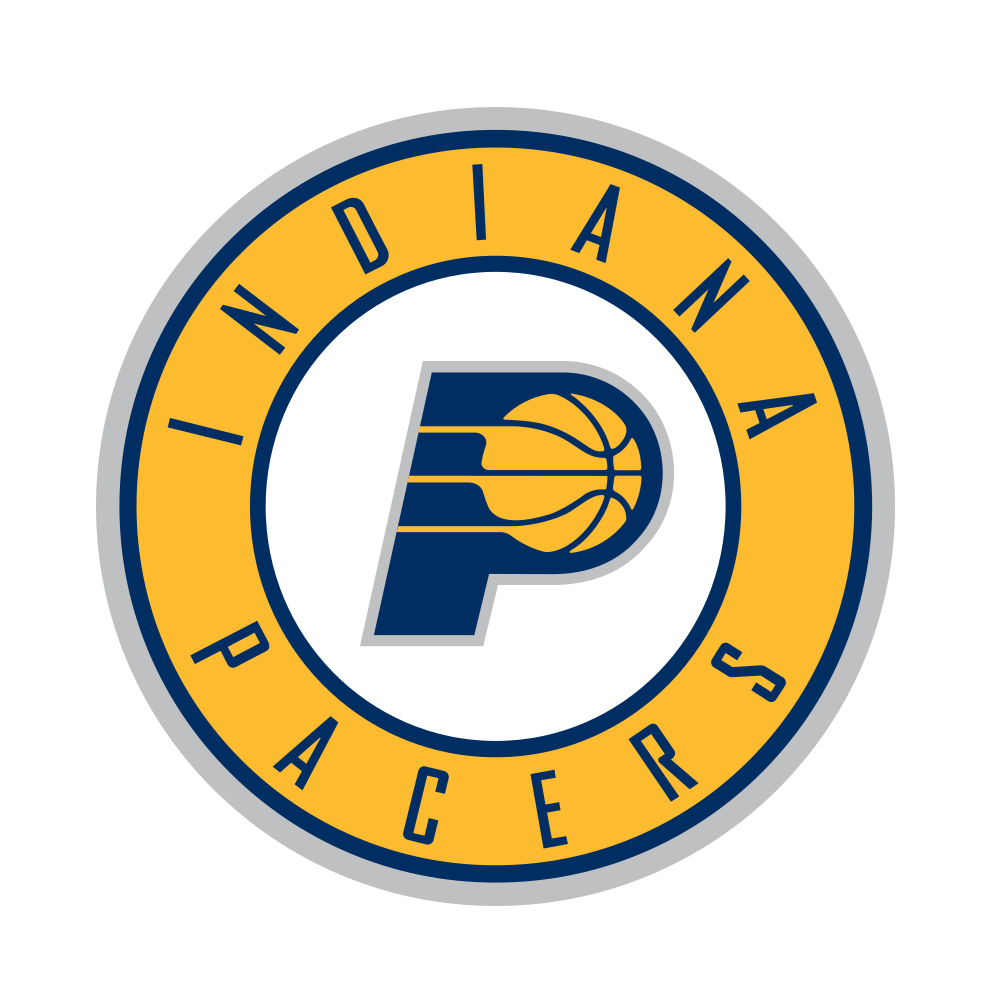In keeping with our very in-depth series of All-Star previews here at GiveMeSport, we take a look here at all the entrants in tonight's Three-Point Shoot-out.
Starting, of course, with the defending champion.
Eric Gordon (Houston Rockets)
Three-point attempts, 2017/18: 461 (first among all particpants)
Three-point makes, 2017/18: 154 (fifth)
Three-point shooting percentage, 2017/18: 33.4% (eighth)
Three-point rate, 2017/18 (percentage of total shots that are three-pointers): 61.7% (second)
Gordon comes in to defend his title amid what is a very strong scoring season for him overall, just not from the three-point line.
With his first step explosion back to a level not seen since before the serious knee injury he sustained at the very start of his fourth season, Gordon is scoring 18.6 points per game, his highest total since that fourth season and a number in excess of his 16.8 career points per game average. But despite the 9.0 three-point attempts per game, Gordon has been uncharacteristically inconsistent from outside this season. A good 38.5% three-point shooting month in December is unfortunately sandwich between months of 30.2% (October), 32.7% (November), 31.7% (January) and 30.8% (February), meaning Gordon has been more off than on this season.
Still, on the plus side, NBA.com's player tracking stats find some cause for hope. When shooting off the catch and not taking any dribbles, Gordon's shooting from three-point range improves to 36.1%. And when he is wide open, that number rises even further to 41.5%. Luckily, although he can take dribbles if he wants, tonight's shots will be all be wide open.
-
Klay Thompson (Golden State Warriors)
Three-point attempts, 2017/18: 404 (fifth)
Three-point makes, 2017/18: 184 (second)
Three-point shooting percentage, 2017/18: 45.5% (first)
Three-point rate, 2017/18: 44.7% (fifth)
Although Gordon's shooting enjoys a notable spike when he is unguarded, so does Thompson's, up to an enormous 56.1% from outside when unguarded. To leave Klay Thompson unguarded from three-point range is to essentially surrender three points, and while no team or defender evr deliberately leaves Thompson unguarded, it is often hard not to.
Partly due to the quality of the team around him, and of the unselfishness and passing skill they almost all exhibit, Thompson frequently finds himself receiving the ball in ideal shooting situations. With his own speed, smarts and commitment to getting open off the ball, plus his quick release that can turn a slither of shooting room into more than enough, Thompson is one of the best wing shooting threats in the game, if not the best.
Such shooting speed bodes well here, and this is his fourth consecutive appearance in the competition. Thompson won the title in 2016, lost in the final in 2015 due to an insane 27-point performance from team-mate Stephen Curry, and although he did not make it out of the first round last year, he nevertheless put up 18 points in doing so. In the first fifteen years of the three-point shootout, rather than being insufficient to qualify, 18 would have been the winning score in the final round. Such is the new shooting league we are in now - with his lightning relase and startling accuracy, Thompson is a large part of why.
Bradley Beal (Washington Wizards)
Three-point attempts, 2017/18: 376 (sixth)
Three-point makes, 2017/18: 139 (seventh)
Three-point shooting percentage, 2017/18: 37.0% (seventh)
Three-point rate, 2017/18: 35.2% (seventh)
A participant in the All-Star game itself, Beal comes into the game with a career-worst single-season mark from three-point range. However, it is still a strong mark. And when it is considered that Beal has never before shot below 38.6% from three-point range and spots a career mark of 39.3%, it is apparent the calibre of shooter that we are talking about here.
More than anything, Beal is not amid a sub-par shooting season as he is a sub-par shooting fortnight. In February thus far, he has shot only [] from three-point range, looking a little lost for legs. Despite his participation in two competitions, the All-Star break will help with that, and so think nothing of this small sample-sized slump. Beal can still rip it up.
-
Paul George (Oklahoma City Thunder)
Three-point attempts, 2017/18: 433 (third)
Three-point makes, 2017/18: 187 (first)
Three-point shooting percentage, 2017/18: 43.2% (second)
Three-point rate, 2017/18: 45.6% (fourth)
In perhaps the perfect embodiment of that three-and-D wing, George leads the league in steals with 2.2 per game while also shooting 43.2% from three-point range. The concept of the three-and-D player is usually meant, however complimentary the intent behind it, as a description of role players. And certainly, George is not just a defender and shooter. But he is nevertheless an absolute standard bearer at both, and, with 7.6 three-point attempts per game this season, he is not cheating via a small sample size either.
Unlike many of his elite shooting peers, and in keeping with his superstar status, George is just as comfortable shooting off the dribble as he is off the catch. Hitting 42.7% when catching-and-shooting versus 43.1% on pull-ups, George uses his great size to shoot over and around most defenders with relative ease, and has improved his stand-still shooting and shooting off of curls with each season in the league.
If he wants to pull up and shoot tonight instead, though, I think that's allowed too.
Kyle Lowry (Toronto Raptors)
Three-point attempts, 2017/18: 411 (fourth)
Three-point makes, 2017/18: 160 (fourth)
Three-point shooting percentage, 2017/18: 38.9% (fourth)
Three-point rate, 2017/18: 60.7% (third)
We are a long way from the days when a young Kyle Lowry was an athletic rim-attacker, when he threw himself at the basket and the glass with reckless abandon, in part to mask a lack of shooting. Hitting only 13 three-pointers over his two college seasons, and only three-for-eight in his first NBA season, Lowry shot below 30% from outside over the next three years, and was significant sub-par shooter.
Now, however, the three-pointer is the crux of his game. A three-point rate that did not crack 30% over his first four seasons is now more than double that number, and whatever else Lowry still gets around the rim, it is the threat of his shot rather than his athletic ability that sets it up for him. Even with a bad wrist, Lowry is casting up and hitting, shooting just as much and just as well off the dribble as he does off the catch.
In the first round of this competition last year, Lowry came last with a score of a lowly nine points. He is far, far better than that.
-
Devin Booker (Phoenix Suns)
Three-point attempts, 2017/18: 308 (seventh)
Three-point makes, 2017/18: 118 (eighth)
Three-point shooting percentage, 2017/18: 38.3% (sixth)
Three-point rate, 2017/18: 37.3% (sixth)
Booker has much increased his three-point rate from last season of 28.3%, and has upped his percentage from there in each season. He is doing so while doing more shooting off the dribble than most of his peers in this competition, and while taking more pull-up three-pointers per game (3.5) than ones off of the catch (3.2).
This perhaps is a measure of the team around him. So short of point guard play of late that Booker himself has been having to do it, the struggling Suns have the third-worst offensive rating in the league, and are second worst in the league in three-point percentage.
In a line-up of Elfrid Payton, Booker, Josh Jackson, T.J. Warren and Dragan Bender, as the Suns have been playing of late, only Booker and Bender are above-average outside shooters for their position, with the two forwards ranking considerably below average. With Tyson Chandler a non-shooter, and Tyler Ulis and Marquese Chriss both nearly as efficient as their volume suggest, only Bender (38.6%) and Booker's backup Troy Daniels (40.6%) provide any adequate shooting. Even the previous point guard trio of Eric Bledsoe (30.8%), Isaiah Canaan (33.3%) and Mike James (26.8%).
With a better team around him to share the load and provide better spacing, Booker's credentials going into this competition would be even stronger. As it is, they are pretty strong anyway.
Wayne Ellington (Miami Heat)
Three-point attempts, 2017/18: 434 (second)
Three-point makes, 2017/18: 168 (third)
Three-point shooting percentage, 2017/18: 38.7% (fifth)
Three-point rate, 2017/18: 83.5% (first)
Wayne Ellington shoots about the same three-point percentage as he always did, but the degree of difficulty is much, much higher now.
Ellington shot 39.5% from three-point range as a rookie with the Minnesota Timberwolves, a very good mark, but on a low volume, with a three-point rate of only 36.2% and a per 36 minute average of only 4.2 three-point attempts. He was a decent catch-and-shoot threat, particularly from the corners, but he was not particularly decisive in hunting his own.
Now, however, Ellington has doubled both of those marks. He is very aggressive in hunting his shot, is plenty prepared to raise up from 28 feet away off a curl with very little if any space, and is quite the possession saver. If Miami cannot get a good look or anywhere close to the basket and the shot clock is running out, Ellington need only run off a screen, catch and rise up. He is sufficiently good of a shooter by this point in his career that it often works.
He should be considered a very strong candidate here.
-
Tobias Harris (L.A Clippers)
Three-point attempts, 2017/18: 306 (eighth)
Three-point makes, 2017/18: 143 (sixth)
Three-point shooting percentage, 2017/18: 40.2% (third)
Three-point rate, 2017/18: 30.9% (eighth)
The three-point shot has not been a big part of Harris's game before this season. For his career, he has shot only 34.6% from the long line on 3.1 attempts per game, alongside a career three-point rate of only 24.6%. The three-point shot was something ancillary to the mid-range jump shot that had previously been the foundation of his offensive game. And while the idea of a mid-range jump shot contest would be kind of perversely fun, it does not yet exist.
This year, though, Harris has turned the one-dribble pull-ups into straight pull-ups. He is shooting from outside more often and with more accuracy, and credits LASEK eye surgery over the offseason for the improvements. So while this season's shooting is an anomaly at the moment, maybe this is the new way for Harris. And what a way to announce himself victory here would be.
